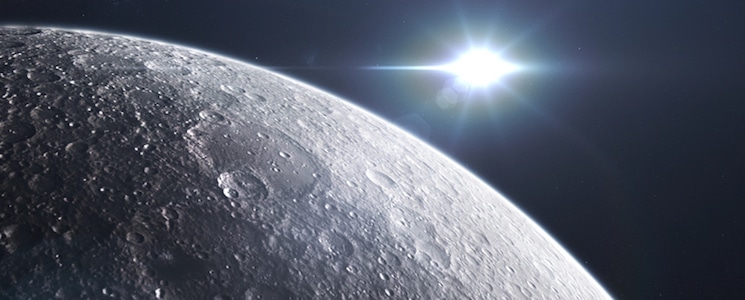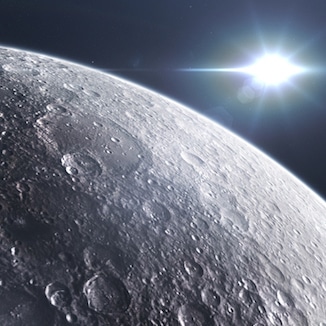
The closure of the U.S. Space Shuttle program in 2011 seemed like the end of an era. Yet since then, the sector has experienced a renaissance. SpaceX and Virgin Galactic brought much needed public attention to space travel. And now NASA has decided to return to the moon and has even set its sites on Mars.
A major stepping stone to the achievement of this goal is the Lunar Orbital Platform-Gateway. The Lunar Gateway will function as a lunar-orbit space station, a solar-powered communications hub, science laboratory, short-term habitation module, and holding area for rovers and other craft.
“The Gateway will give us a strategic presence on and around the Moon. It will drive our activity with commercial and international partners and help us explore the entire lunar surface and its resources,” said William Gerstenmaier, associate administrator, Human Exploration and Operations Mission Directorate at NASA Headquarters in Washington. “We will ultimately translate that experience toward human missions to Mars.”
This moon-orbiting station is a crucial element of NASA’s Artemis program which aims to take astronauts back to the moon and land them near its south pole by 2024. The Gateway will function as a kind of staging post for manned and unmanned lunar landers. NASA aims to send crews from earth via its Space Launch System and Orion spacecraft and dock them at the Gateway.
Fifty years after the last Apollo astronauts set foot on the moon, another man and the first women are being sent to the surface. Based on the success of those projects, the next target is Mars. Once again, the Gateway will play a major role. It is hoped that it can be harnessed to more easily propel ships towards the Red Planet. But first, the station will have to be expanded with larger quarters, docking ports and refueling stations.
The Mars mission is likely to involve collaboration between multiple nations, agencies and companies. For example, Maxar Technologies, Blue Origin and Draper are partnering in designing, building and operating the proposed electric-propulsion-enabled concepts for the power and propulsion element of the spacecraft for the Lunar Gateway. This element will provide power, maneuvering, attitude control, communications systems and initial docking capabilities, with an initial launch on a commercial rocket targeted for late 2022.
SSL’s 1300 platform is likely to form a central element of the new spacecraft. As the world’s most popular spacecraft platform, it provides a lightweight and high-strength structure, fuel-efficient attitude and station-keeping subsystems, high-efficiency and reliable solar arrays and batteries, and command and control subsystems. Solar electric propulsion will help contain fuel costs using a Roll Out Solar Array (ROSA) that rolls up instead of folding like an accordion. It can probably be scaled up to 200kW or perhaps even higher.
The components and systems that will compose these ships are the territory of low-volume, complex discrete manufacturing. They require the utmost rigor. Bringing together multiple governments, companies and systems demands a high level of integration and digitalization. Designs are proposed, modeled and reworked frequently. Even when a component or system has been finalized, there are typically many differences between as-design and as-built. And that’s where iBase-t comes in.
iBase-t has a long track record of success in aerospace including some of the players involved in the Lunar Gateway program. We have been helping them with processes and tools to manage the manufacturing floor to achieve tighter production control, accurate tracking and tracing of materials and to fulfill the many facets of certification. The typical iBase-t customer has a highly model- and engineering-driven product that experiences a great many changes between engineering and production. This is an area where we lead the market.
We worked closely with Virgin Orbit to help it meet aggressive deadlines by using the iBase-t Digital Manufacturing Suite to take over the management of its manufacturing floor and support an intensive ramp-up from prototype to production. We were also a NASA partner on the Space Shuttle Program for many years.
The Lunar Gateway and related programs require a fully digitized platform that can provide real-time visibility along the entire supply chain, as well as synchronized production operations across multiple systems and business divisions, and accurate collection and reporting on all as-planned, as-built, and as-maintained data. iBase-t facilitates the journey to end-to-end supply chain digitization for complex discrete manufacturers in aerospace. As well as filling in the gaps that between PLM, ERP and other enterprise systems, it offers a way to digitize systems and processes to help NASA and its partners take another giant step for mankind.

